Managing a customer’s experience is now a requirement to succeed – in fact, 90% of businesses are making it a priority.
Throughout my career managing various customer-facing teams and consulting for numerous clients, I have learned two critical factors that shape a customer’s experience:
- Do your products/services fulfill an unmet need in your target market?
- Does your team create moments of customer delight?
Once you have a handle on those questions, the next step is to consolidate all of the interactions a customer has with your business. But what functionality and features do you need to address your organization’s use case?
The answer lies in a customer experience (CX) platform. This platform centralizes all touchpoints within the customer journey – from interacting with your product to engagements with your team pre- and post-sale. It provides you and your leadership with a comprehensive view of customer sentiment and loyalty.
Table of Contents
- What Is a Customer Experience (CX) Platform?
- Types of CX Platforms
- How to Choose the Right Customer Experience Platform
- Customer Experience Platform Examples
- A CX Platform is Crucial for Success
What Is a Customer Experience (CX) Platform?
A CX platform is a system designed to aggregate all interactions a customer has with your organization. This spans from the first page view on your website, becoming a qualified lead, purchasing a product or service, and all the way through to post-purchase interactions.
A CX platform either natively records or integrates data to deliver actionable insights for your team. By leveraging this platform, organizations can better understand their customers needs, behaviors, and preferences – enabling their teams to enhance satisfaction and retention.
The Importance of a CX Platform
In today's competitive environment, delivering exceptional customer experiences can be a competitive differentiator.
A CX platform allows your organization to:
- Gain a holistic view of the customer journey. By consolidating data from multiple touchpoints, businesses can see the complete customer journey and identify areas for improvement.
- Enhance decision-making. With real-time insights, companies can make informed decisions to boost customer satisfaction and loyalty.
- Drive personalization. Understanding individual customer preferences allows organizations like yours to tailor experiences, making each interaction more meaningful, impactful, and personal.
Implementing a CX platform correctly streamlines all customer interactions, while also empowering your team to deliver outstanding service on a consistent basis. This is an ideal way to follow through on the promises made in the sales process, and can be codified in an overall strategy. Keeping your customers happy and retaining them by even 5% can increase profits by 25-95%.
The CX platform translates your strategy into real actions your team can use to realize customer satisfaction, retention, and growth. (If you want to dig more into developing your CX strategy, check out our free Post-Sale Playbook.)
That said, there are numerous types of CX platforms to consider what is right for you, and I’ll explore some of them below.
.png)
50 Free Customer Service Email Templates
Templates to communicate price increases, apologies, thanks, and notifications to your customers with sincere, on-brand messaging.
- Price Increase Letter Templates
- Customer Apology Email Templates
- Referral Email Templates
- And More!
Download Free
All fields are required.
.png)
Types of CX Platforms
CX platforms come in various forms, each designed to address different aspects of the customer journey and provide unique insights. While some tools employ numerous features and address an organization’s customer experience strategy, others are highly specialized and concentrate on one distinct part.
Nonetheless, these platforms are barometers your organization can use to quantify the impact their teams are making on their customers, identify pain points to increase satisfaction and retention, and employ strategies to encourage growth.
Here are some types of CX platforms:
Customer Relationship Management (CRM) Systems
CRM systems manage and analyze customer interactions and data throughout the customer lifecycle. They help organizations visualize the customer journey, improve relationships, retain customers, and measure growth.
Examples: HubSpot, Microsoft Dynamics 365, Salesforce
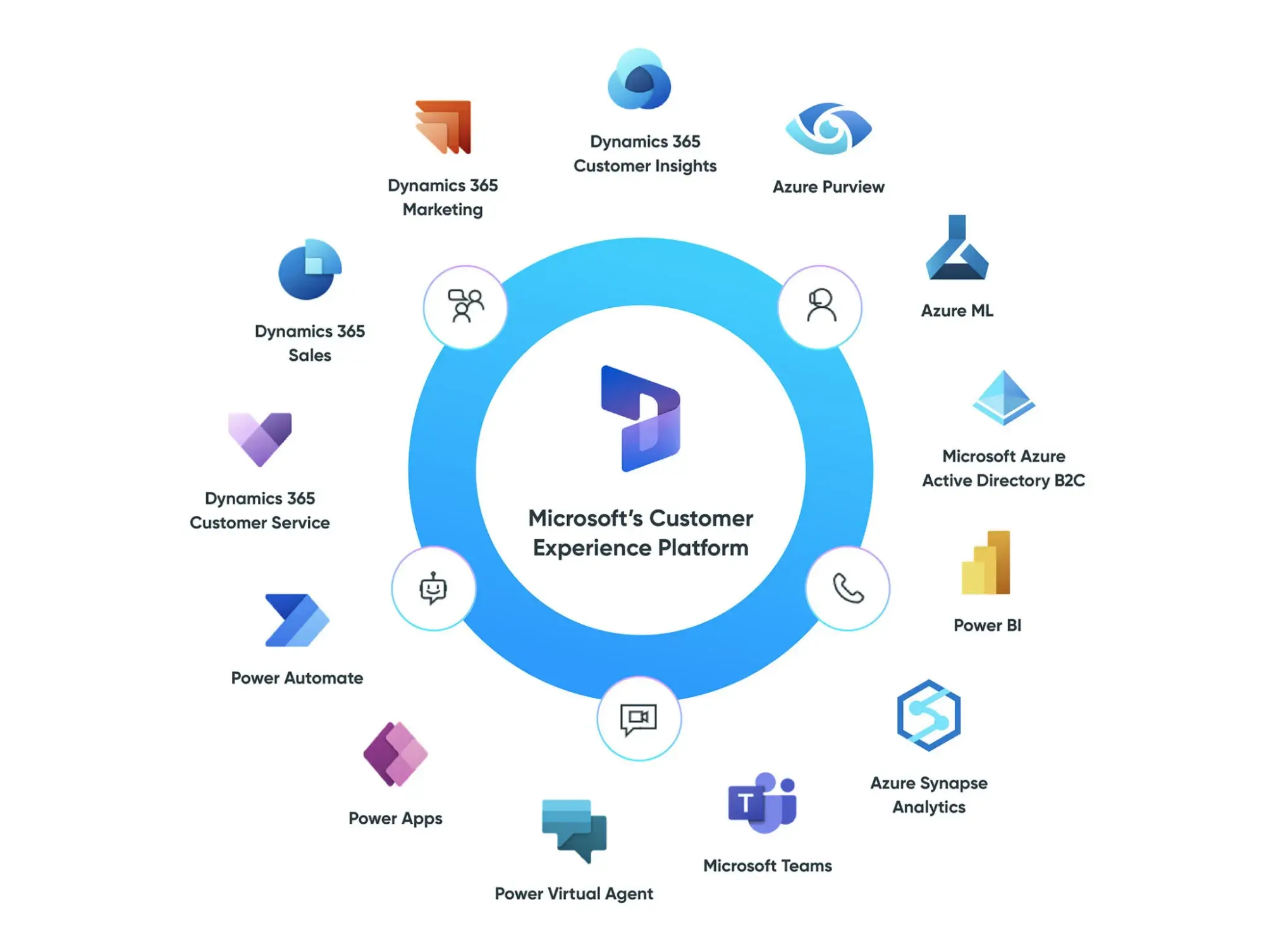
Customer Feedback and Survey Platforms
These platforms collect and analyze feedback from customers through surveys, reviews, and other mechanisms. They help organizations gauge customer satisfaction, identify pain points, and gather actionable insights.
Examples: Medallia, Qualtrics, SurveyMonkey
Customer Support and Helpdesk Software
Customer support platforms consolidate functions used during interactions with customers – logging issues, troubleshooting, routing, live chat, and knowledge management – ensuring timely and effective resolution of customer issues.
Examples: Intercom, Freshdesk, Zendesk
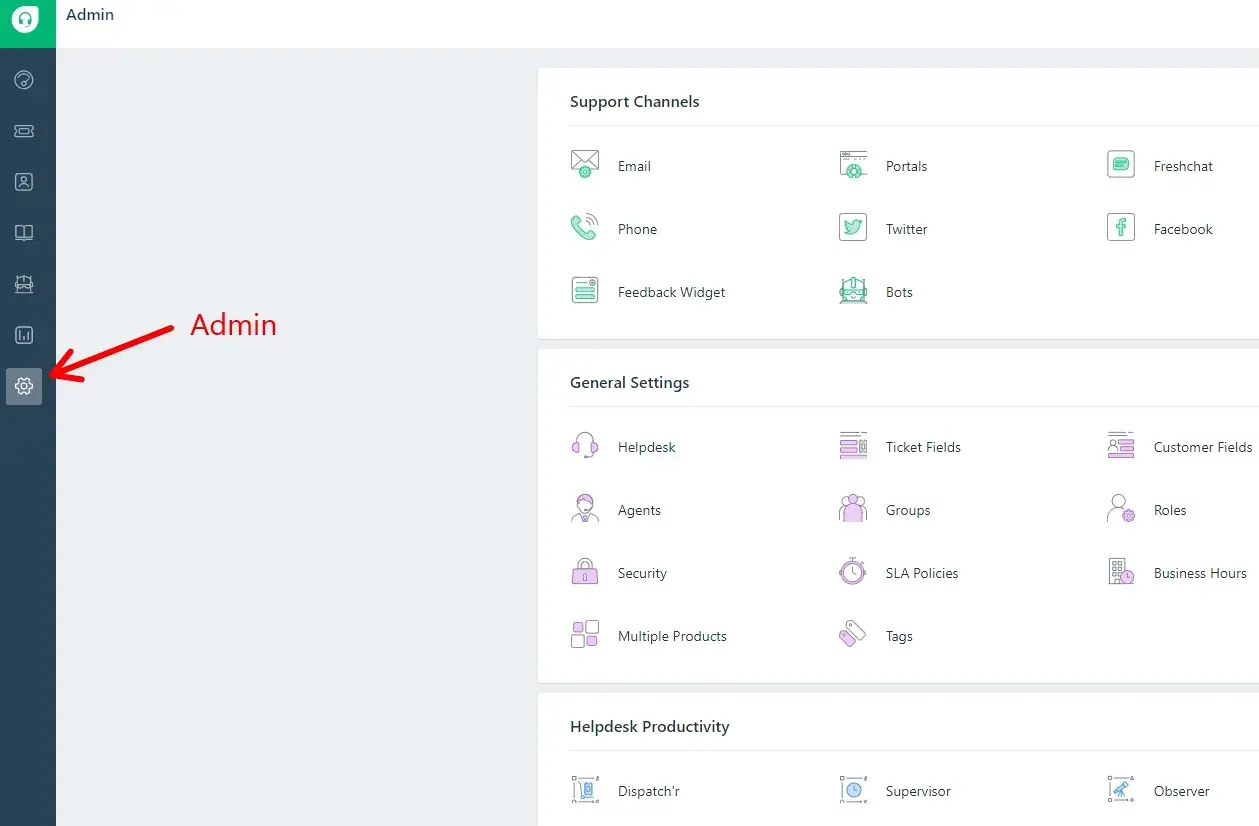
Voice of the Customer (VoC) Platforms
VoC platforms aggregate and analyze customer feedback from multiple sources. These provide deeper insights into customer sentiment and help organizations prioritize improvements.
Examples: Forsta, NICE (Satmetrix)
Customer Analytics Platforms
These platforms analyze customer data to uncover trends and behaviors, driving predictions around customer retention, growth, and churn. Moreover, these platforms provide queues around behaviors customers are taking, and help inform data-driven insights to enhance the customer experience.
Examples: Amplitude, Google Analytics, Mixpanel
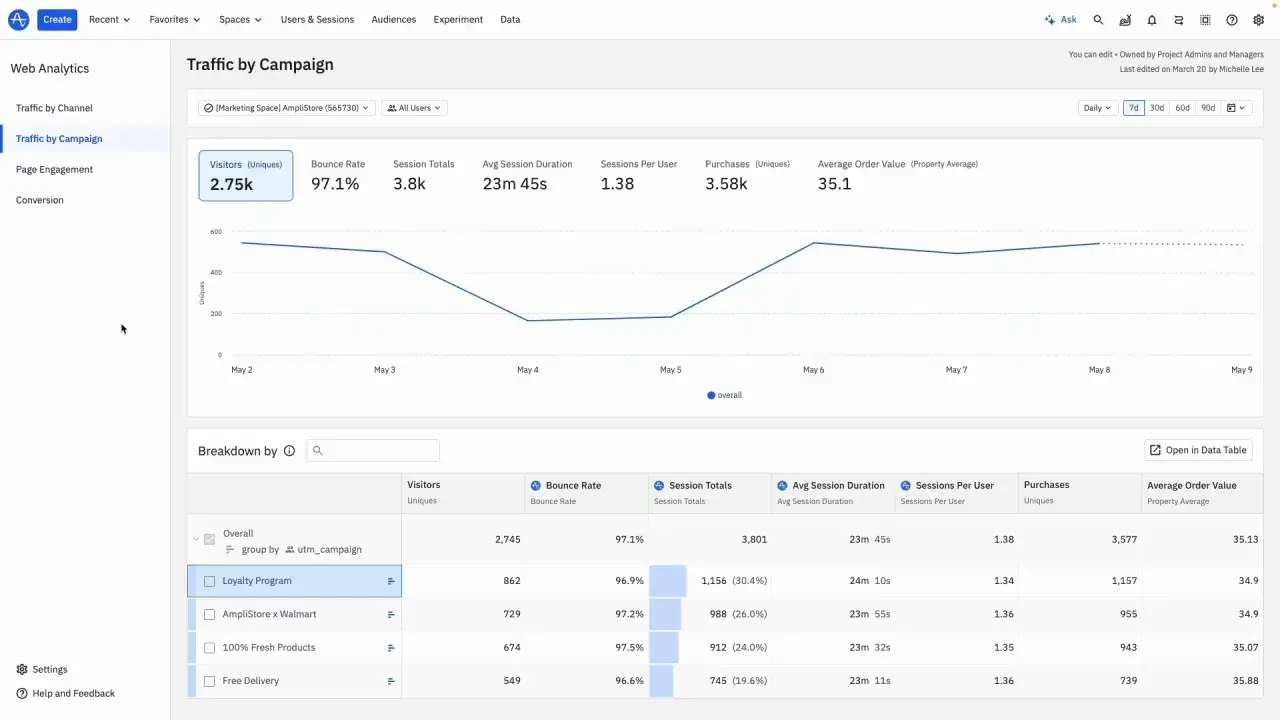
Loyalty and Rewards Platforms
Loyalty platforms manage customer loyalty programs, offering rewards and incentives to encourage repeat business and retention.
Examples: LoyaltyLion, Smile.io, Yotpo
Understanding the value add with these customer experience platform types, organizations can gain a deeper understanding of their customers, deliver personalized and consistent experiences, and drive customer satisfaction.
How to Choose the Right Customer Experience Platform
Ever since the early days of my career, I constantly thought about how I could quantify my actions to demonstrate my contribution and better collaborate with others in my organization. That mentality helped me consult better with customers, which is an important part of the customer experience.
When taking the criteria to choose the right CX platform, consider the following.
Quantify Actions
Understand the actions you need to perform and inform your team’s metrics and contribute to your organization’s business goal. Examples of this include customer calls, feedback surveys, renewal conversations, and onboarding milestones.
Quantifying your actions can show the correlation on your performance, as well as for your organization – improvement on customer sentiment, revenue retention, upsell/cross-sell opportunities, and referrals for future business.
Enhance Collaboration with a Customer-First Mentality
Ensure the platform facilitates collaboration within your customer-facing teams and across the organization, aligning with sales, marketing, customer success, product, and others. This can help promote and tie your actions (and others) towards embracing a customer-first mentality.
Enhanced collaboration and demonstrating a customer-first mentality can elevate your entire organization culturally. This fosters improved and positive relationships both internally and with customers, helping everyone understand other’s needs and desires, while aligning customer issues with their business goals and use-cases for context.
.png)
50 Free Customer Service Email Templates
Templates to communicate price increases, apologies, thanks, and notifications to your customers with sincere, on-brand messaging.
- Price Increase Letter Templates
- Customer Apology Email Templates
- Referral Email Templates
- And More!
Download Free
All fields are required.
.png)
Customer Experience Platform Examples
1. HubSpot
HubSpot is a customer platform with an overarching mission to help millions of organizations grow better. This mission was certainly felt by me during my years working in the customer success department as a customer success manager and a consultant on their professional services team, before leading both sets of teams.
The platform has grown in numerous ways to embody the capabilities of a CX platform.
HubSpot is best for organizations wanting to scale their go-to-market and operations teams together in one system. From a one-person business to a 2,000+ employee enterprise, HubSpot customer platform has the marketing, sales, customer service, operations, and content management features you need to build the best experience for your customers.
There are also numerous ways you can translate your business goal, metrics, and initiatives through the platform so that you can record, store, automate, and view insights of how your customers are interacting with your business.
While there are numerous pricing tiers for HubSpot, there are also options to utilize a specific number of features to summarize your customer interactions, and how your team interacts with them in response.
Worth noting: HubSpot’s AI capabilities have been a highlight in the past year, and will only enhance their functionality for customers going forward.
2. SurveyMonkey
SurveyMonkey is a popular customer feedback and survey platform, and has a vision of “amplifying individual voices.” They certainly embody that through their user interface and product, the education curated on how to attract survey submissions, how to respond to that customer feedback, and connect feedback with your go-to-market motion.
The customization goes far beyond the core measurements of customer feedback like NPS and CSAT. SurveyMonkey’s product allows you to customize and structure your survey questions to balance the quantitative with the qualitative. For those interested in the data management aspect, SurveyMonkey’s answers can be entered into fields in numerous forms – numbers, open line text, enumeration, single/multi-checkbox, and more.
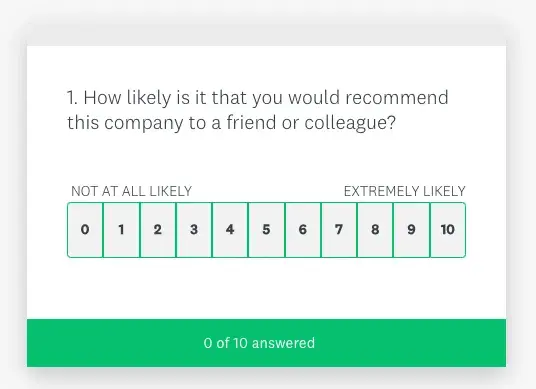
SurveyMonkey’s value adds for me are simplicity and scalability. Moreover, their extensibility is demonstrated by their vast array of integrations to connect with other systems – especially other types of CX platforms – to seamlessly transfer their data and further inform the rest of the organization on customer’s feedback and sentiment.
Due to their emphasis on prioritizing the user experience, many of their pricing plans provide a progress check on how far a user is in a survey (and provide that in subsequent reporting on the backend as well).
Additionally, their AI capabilities feature greatly here to aid in the user interface, branded as SurveyMonkey Genius, to create customized surveys based on a prompt.
3. Zendesk
Zendesk has been providing solutions in customer support and helpdesk functionality for years in an effort to make the customer experience “extraordinary.” This mirrors part of a larger trend CEOs are reporting to invest more in customer service teams to gain a foothold in better understanding their customers.
They evolved from their initial customer support tool to incorporate sales and CRM functionality to align customer service and sales teams better.
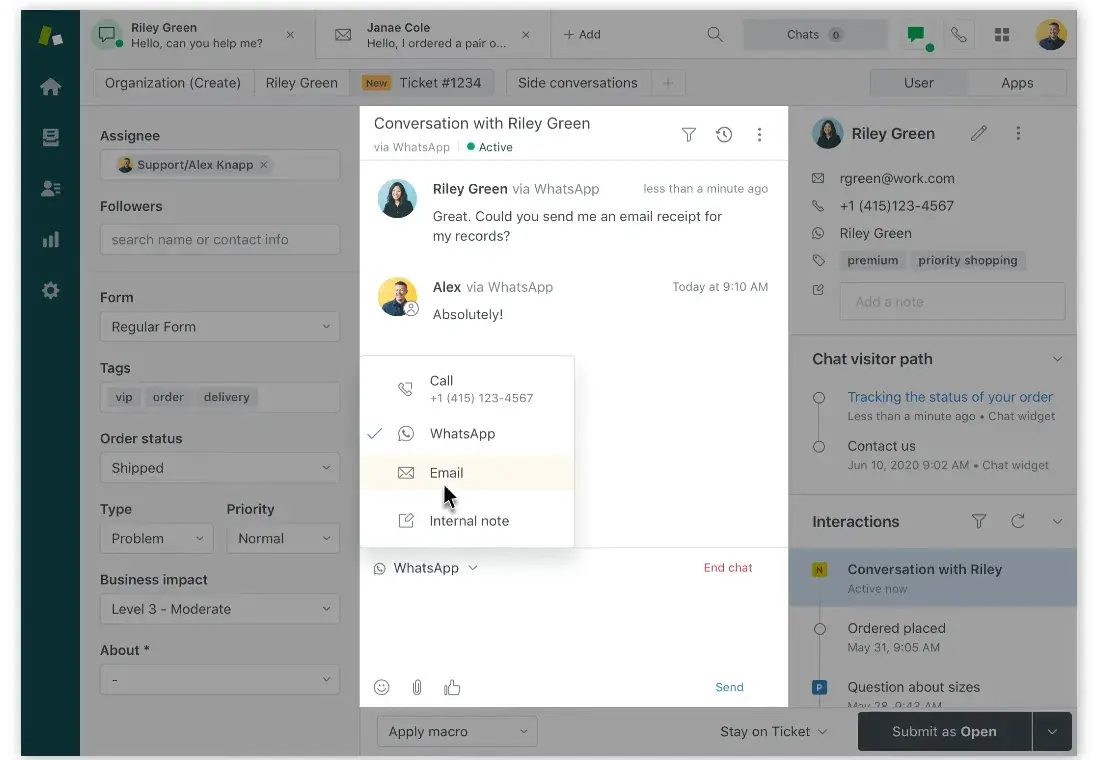
The core of this functionality, though, speaks to consolidating all types of interactions between a service team and customers. It gives service teams the ability to receive tickets, categorize issues, route and escalate, and view themes of common issues to inform better decisions for a management team. To automate repeated motions that a service team experiences, triggers help with scaling a service team’s operations.
Zendesk’s tools are a foundation that prioritize a customer service team’s importance on understanding and managing the customer experience. The industry would not exist without customer platforms like this powering the channels to receive, manage, triage, and respond to customer issues effectively and at scale.
Their expansion into CRM shows their willingness to embrace the alignment that is required to incorporate the customer experience to their service and go-to-market teams going forward. All the while, Zendesk has proven to be a platform that grows with you – their AI capabilities enhance decision making on where to invest in terms of your customers.
4. Google Analytics
Google Analytics can give you a complete understanding of your customers’ interactions in your organization, across brands, devices, and products. Renamed Key Events, this platform can measure user action taken on your website and can be pulled in numerous ways to provide insights to drive action for keeping users engaged with you.
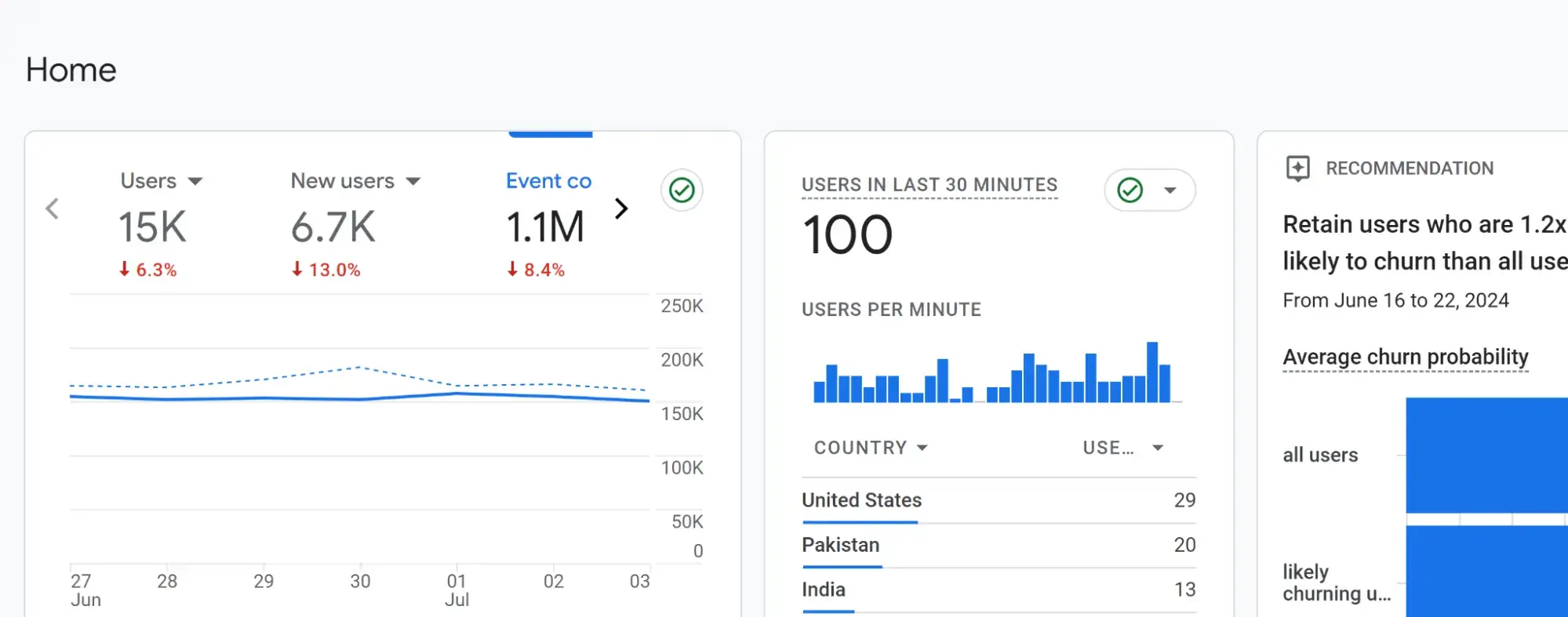
The advantage of Google Analytics, and any Google application for that matter, is that its native connectivity to Google gives it the ability to seamlessly integrate with the suite of tools your organization uses. Furthermore, there are many customization options on the reporting side of things to give yourself full control of what insights you need to see, when, how, and how often.
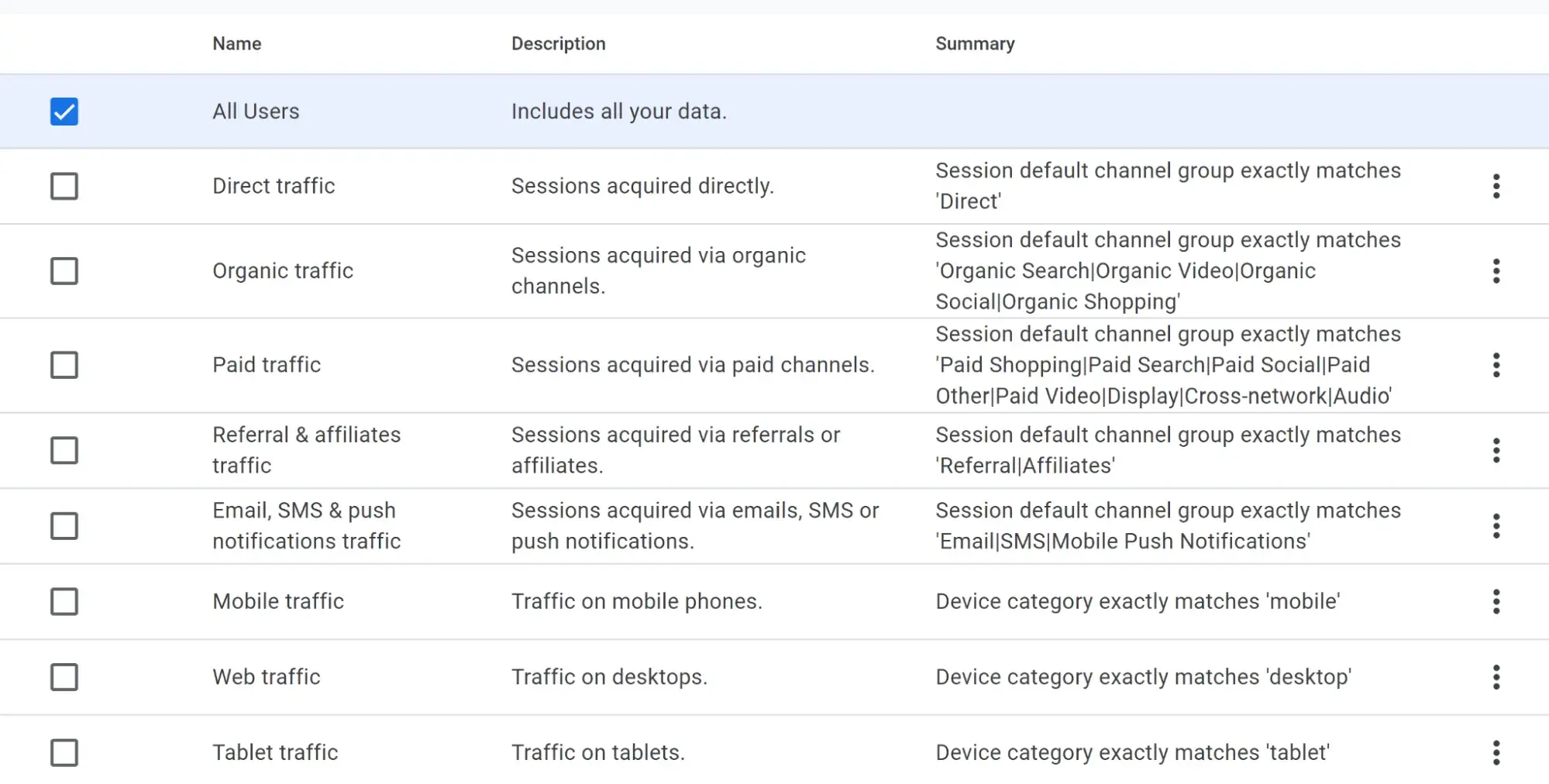
Google Analytics also provides numerous recommendations and insights on user behavior to clarify your takeaways. Their flexibility in integrating with a myriad of systems seamlessly allows their analytics to show up against that of your other systems, so you are able to come up with a shared understanding of what your analytics mean for taking action and improving your organization’s acquisition and retention of customers.
A CX Platform is Crucial for Success
Customer experience, as IBM notes, will continue to evolve, especially with the rise of generative AI. Managing interactions and behaviors of your customers requires a system that drives actionable insights and aligns your organization to uplift the customer experience. Considering a customer experience platform is a necessary and important task to devote time and resources towards.
.png)
50 Free Customer Service Email Templates
Templates to communicate price increases, apologies, thanks, and notifications to your customers with sincere, on-brand messaging.
- Price Increase Letter Templates
- Customer Apology Email Templates
- Referral Email Templates
- And More!
Download Free
All fields are required.
.png)
Customer Experience
.png?width=112&height=112&name=Image%20Hackathon%20%E2%80%93%20Vertical%20(67).png)

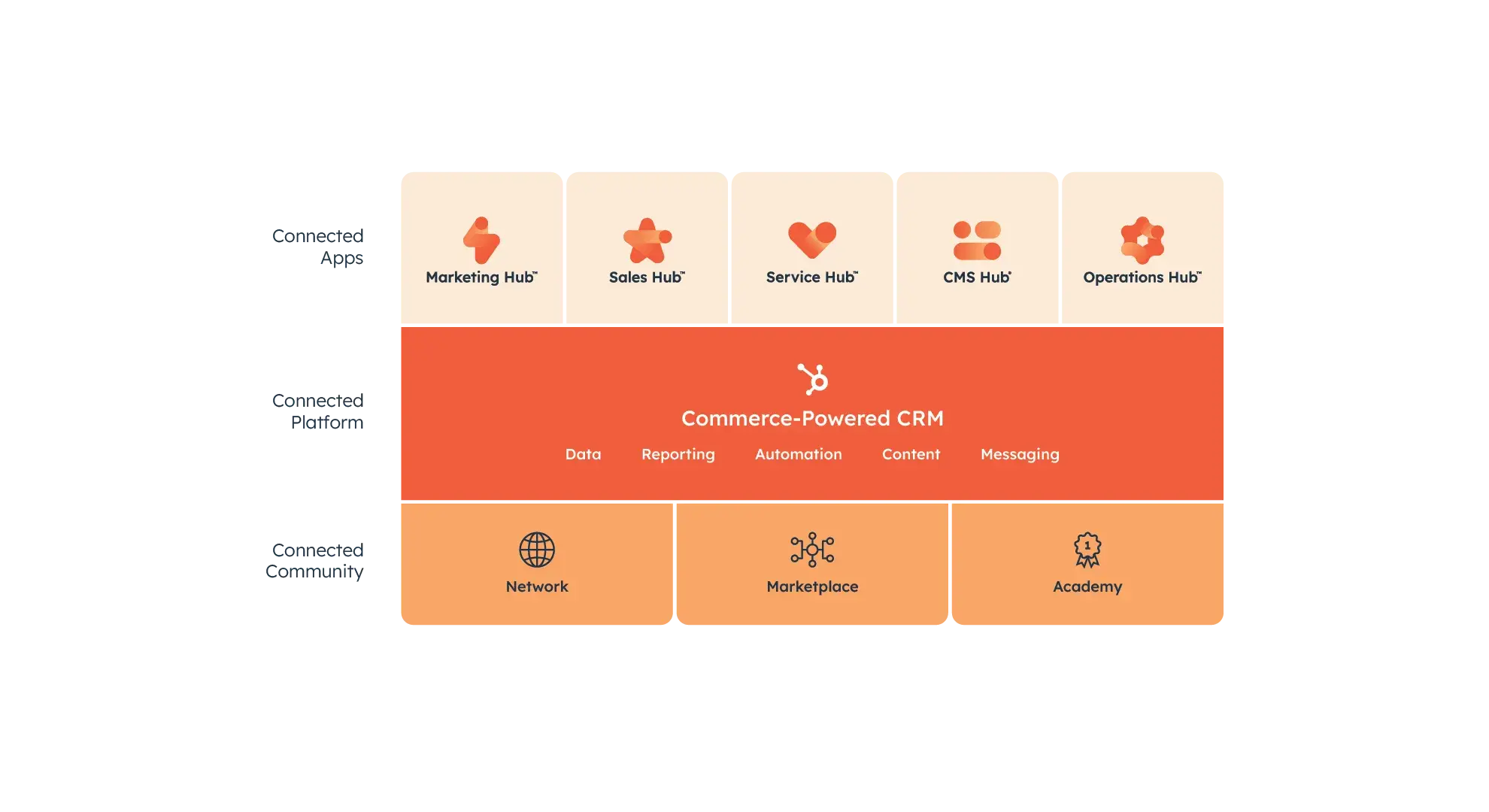




![Is The Customer Always Right? [What It Means + Why It Matters]](https://53.fs1.hubspotusercontent-na1.net/hubfs/53/customer-is-always-right-origin-1-20250202-6448090.webp)





